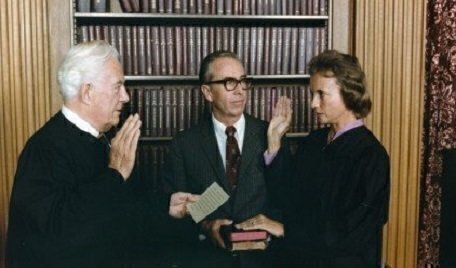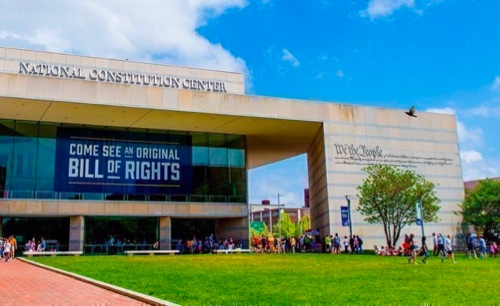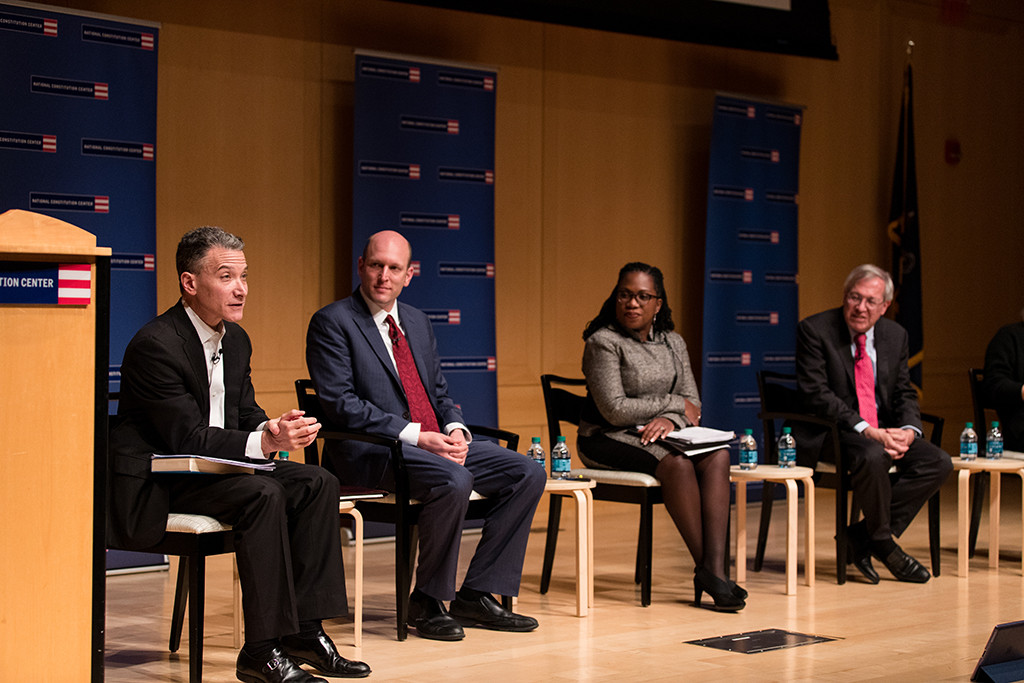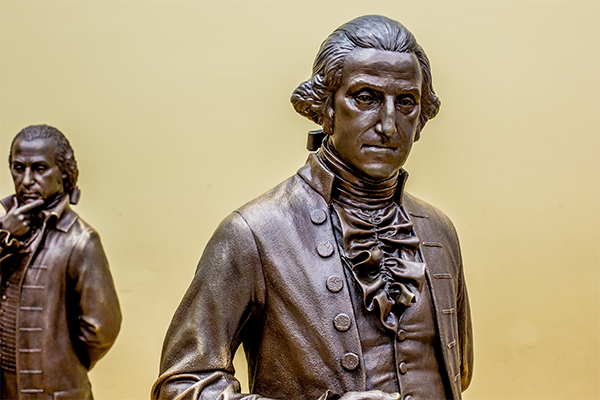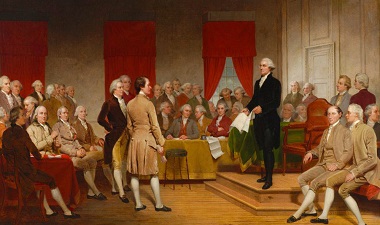Constitution Daily Blog
Supreme Court
Looking back: The Supreme Court decision that ended Nixon’s presidency
It was on this day in 1974 that the U.S. Supreme Court dealt a fatal blow to President Richard Nixon’s presidency, in a decision…

Thurgood Marshall’s unique Supreme Court legacy
On August 30, 1967, the Senate confirmed Thurgood Marshall as the first Black person to serve as a Supreme Court Justice. Marshall…
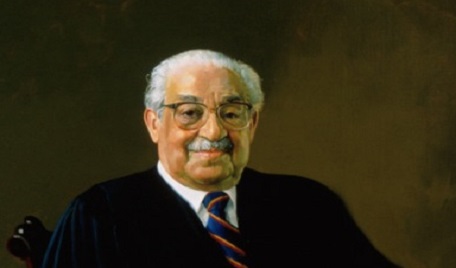
Blame Abraham Lincoln for the nation’s first national Income Tax
Most people aren’t big fans of a national income tax, but it was on this day back in 1861 that the first one was levied by the…

William Howard Taft’s truly historic ‘double-double’
On June 30, 1921, President Warren Harding announced that former President William Howard Taft would become the new Chief Justice…

When the Supreme Court first ruled on affirmative action
On June 28, 1978, the Supreme Court ruled in Regents of the University of California v. Bakke, laying the groundwork for…
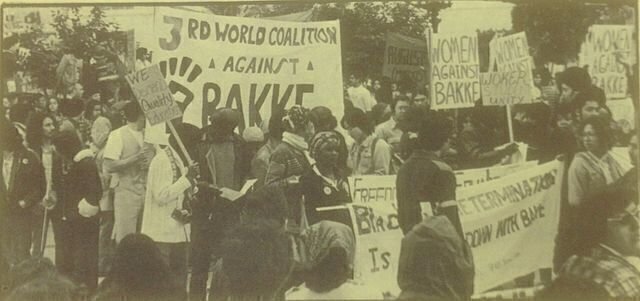
On this day, the Supreme Court reinforces the 10th Amendment
Setting a precedent with important implications today, the Supreme Court’s decision from 1997 in Printz v. United States…
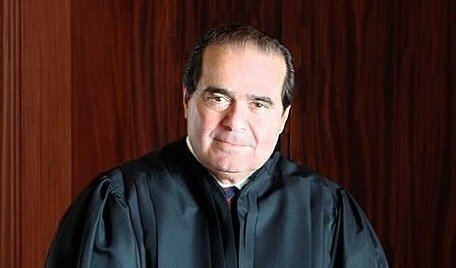
10 fascinating facts about Watergate
On June 17, 1972, police caught five men breaking into the Democratic National Committee headquarters at the Watergate complex in…
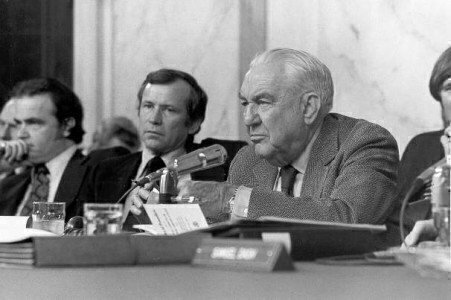
A look back at Justice Sandra Day O’Connor’s court legacy
It was on this day that Sandra Day O’Connor announced her retirement from the U.S. Supreme Court.
